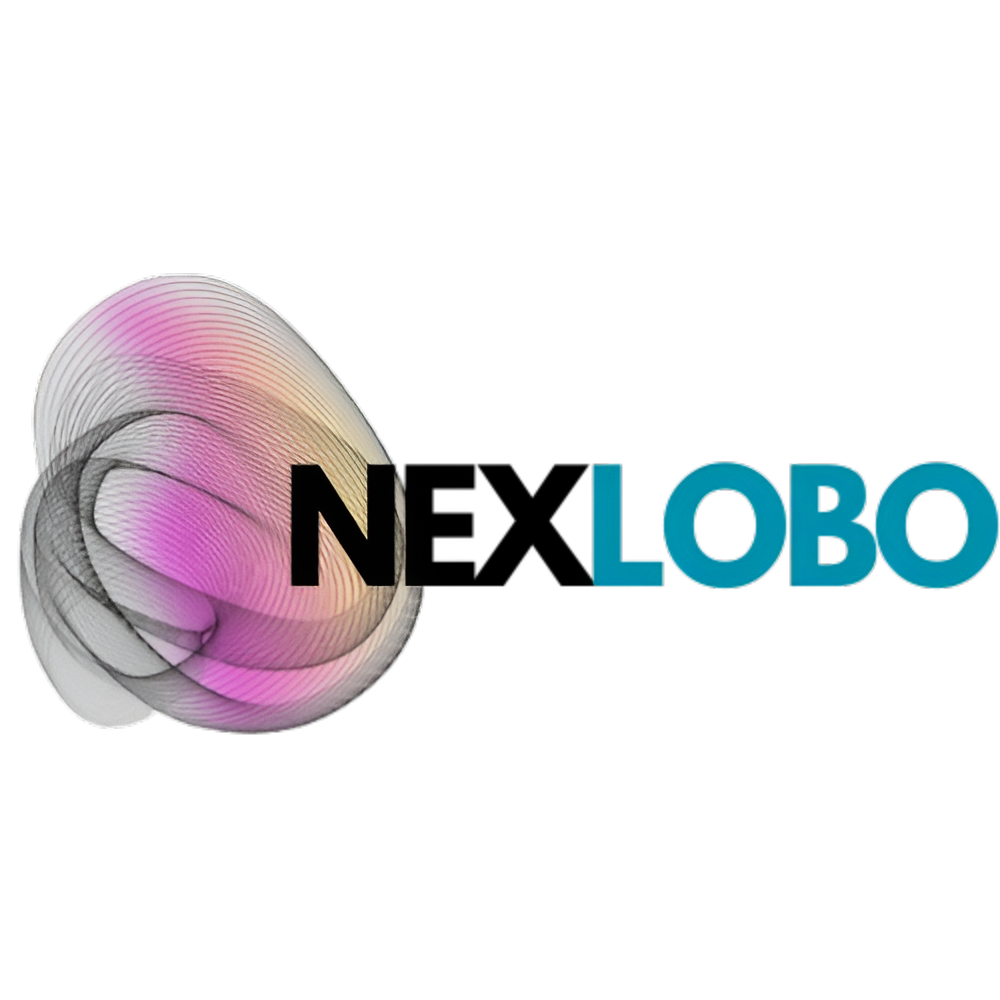Stop Wasting Money: How to Choose the Perfect Ad Tech Partner for Your Business (2025 Expert Guide)

Introduction: The Ad Tech Decision That Can Make or Break Your ROI
I still remember the first time I chose an ad tech vendor for my startup back in 2018. I was dazzled by slick dashboards and AI buzzwords but ignored what really mattered—data accuracy, transparency, and scalability. That decision cost us thousands in wasted impressions and poor conversions.
Fast-forward to today, and I’ve helped several businesses choose smarter, more efficient ad technology solutions that actually drive results. If you’re in the same boat, wondering where to start, this guide is for you. And before diving deeper, check out this insightful read on programmatic advertising benefits for small publishers to understand how smaller players can leverage technology for growth.
How To Identify Your Business Needs Before Choosing Ad Tech
The first rule of picking the right vendor is knowing why you need one. Are you looking to improve AI personalization, enable predictive segmentation, or automate bidding?
When I worked with a mid-sized eCommerce client last year, we realized they were using three separate tools for tracking, targeting, and reporting. By consolidating these functions into a single ad tech stack, they cut their campaign costs by 25%.
👉 Pro tip: Create a vendor evaluation checklist that includes:
Scalability potential
Reporting accuracy
Integration flexibility
Data transparency
How To Compare Ad Tech Vendors Using Data Transparency Metrics
Transparency is one of the most overlooked aspects of ad tech evaluation. Ask your potential vendor:
How do they handle user data?
Do they comply with GDPR and CCPA?
Can they clearly show how your ad spend is allocated?
A good tech partner will never hide behind jargon like “proprietary algorithms.” They’ll openly explain how their platform optimizes real-time bidding, automates audience targeting, and safeguards privacy.
From my experience, any vendor that hesitates to share detailed performance logs or charges extra for “data access” isn’t worth your investment.
How To Evaluate Pricing Models and Value in Tech Platforms
Every ad tech vendor promises “the best ROI,” but few are upfront about how they charge. You’ll find models like:
Flat monthly fees: predictable but less flexible
Performance-based models: align with ROI goals
Hybrid plans: ideal for growing advertisers
When I compared multiple ad tech options for a healthcare client in 2023, we discovered hidden API integration costs in the cheaper solutions. The lesson? Cheaper isn’t always better—value lies in transparency and measurable outcomes.
Always calculate your total cost of ownership and request a breakdown of hidden fees before committing.
How To Assess AI Personalization and Automation in Ad Tech Solutions
Modern ad tech thrives on automation. The right vendor should leverage AI personalization, micro-segmentation, and automated customer targeting to improve performance.
When I switched to an AI-driven tech platform last year, it reduced our manual bid adjustments by 80% and improved click-through rates by 35%. The platform analyzed audience behavior in real-time—something that traditional systems couldn’t do effectively.
If your campaigns still rely on manual targeting, you’re leaving serious ROI on the table.
How To Build Long-Term Success with Partnerships
Choosing a vendor isn’t just a one-time purchase—it’s a partnership. The best ad tech vendors evolve with your business. They offer dedicated support, quarterly performance reviews, and strategy sessions.
Once, I partnered with an ad tech provider that assigned a customer success manager who joined every major campaign review. That human element made all the difference—bridging tech with trust.
To maintain long-term success:
Set quarterly KPIs like CPA and ROAS
Schedule performance audits
Align strategy updates with market shifts
How To Measure ROI After Implementation
Once your ad tech is live, focus on results that matter—conversion quality, not vanity metrics. Tools that only report impressions or clicks hide the full story.
Monitor metrics like:
Customer Lifetime Value (CLV)
Incremental conversions
Attribution accuracy
Cross-channel performance
This is where programmatic campaigns and advanced data analytics shine. If you’re unsure how to measure post-implementation success, I suggest reading about the best programmatic advertising software for publishers to see how leading platforms maximize transparency and ROI.
Conclusion: The Smart Ad Tech Choice Defines Your Growth Story
The difference between a thriving business and a struggling one often comes down to choosing the right ad tech vendor. Prioritize transparency, scalability, and automation—and ensure your chosen partner shares your vision for long-term success.
From my experience, smart ad technology decisions free your team to focus on strategy, creativity, and audience growth—while the tech handles the rest.
So, whether you’re scaling up or starting out, your next move should be clear: choose ad tech that works for you, not against you.







Leave a Reply